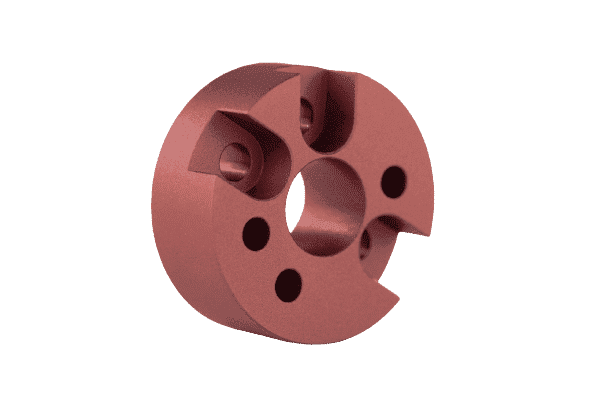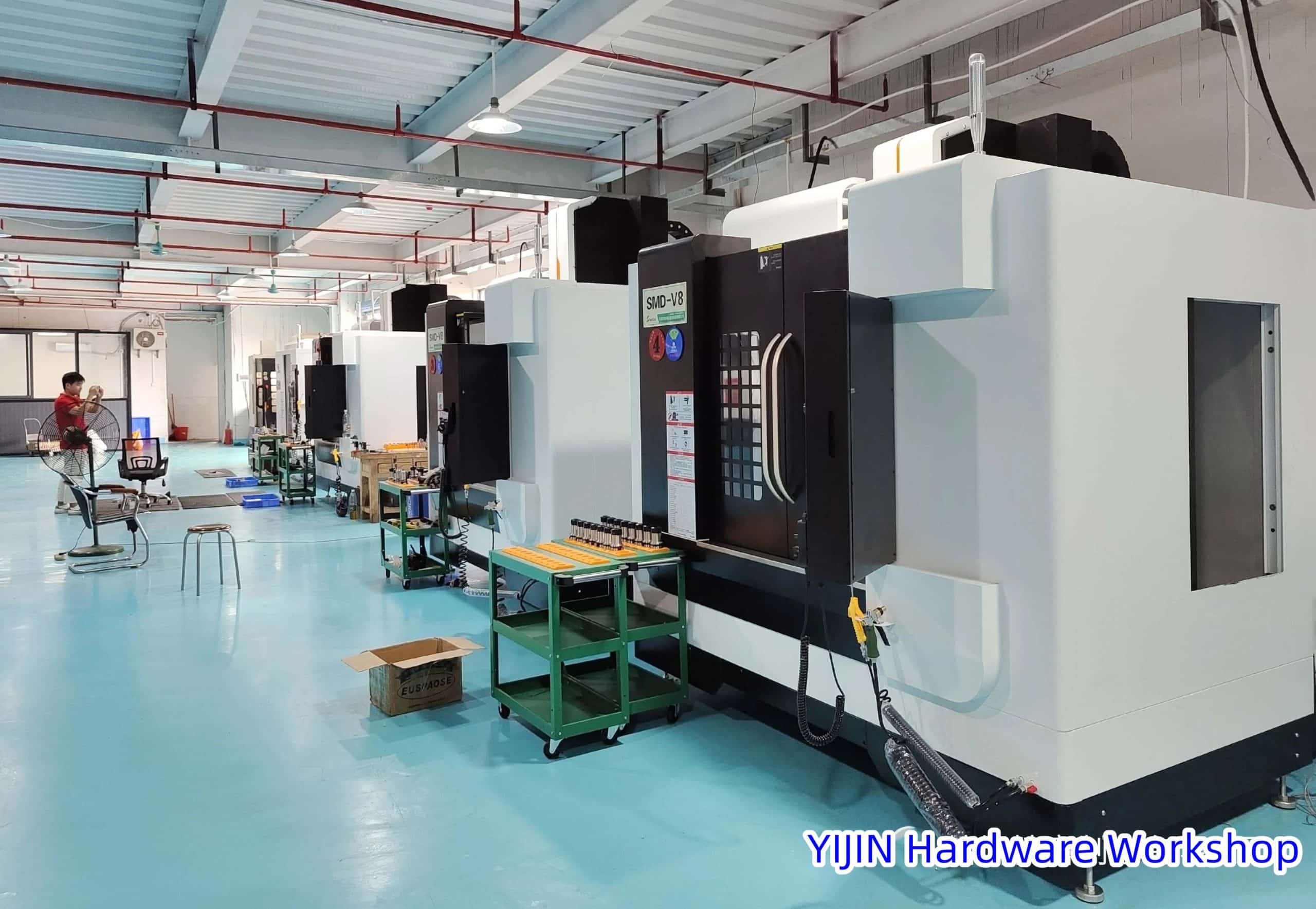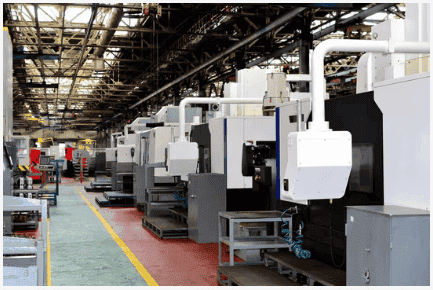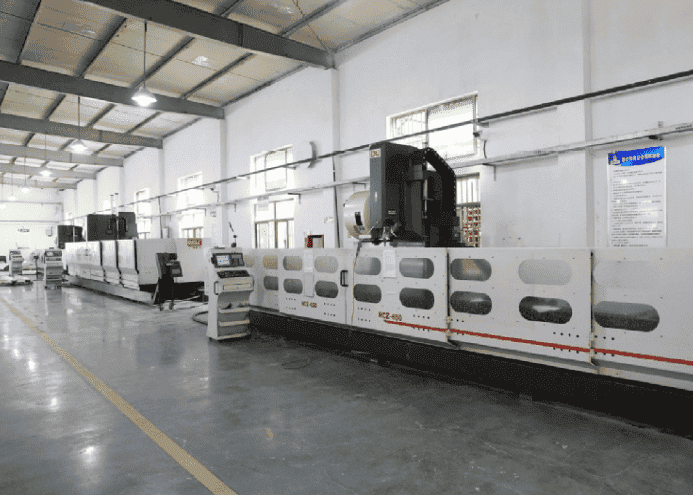1 Introduction
In recent years, CNC machining technology has developed rapidly, the surface finish has become a major content of engineering design.
In mechanical processing, certain processing of the surface of the materials or products, can not only improve the capability and quality, such as corrosion resistance, wear resistance, oxidation resistance, etc.
To ensure the safety and reliability of the surface finish chart product, extended service life, also can beautify the appearance, and improve the added value of the product and market competitiveness.
Surface finishing technology has been widely used in CNC Machined parts, which plays an important role in improving the performance, quality, and appearance of construction CNC machining products.
2 Definition of Surface Finish
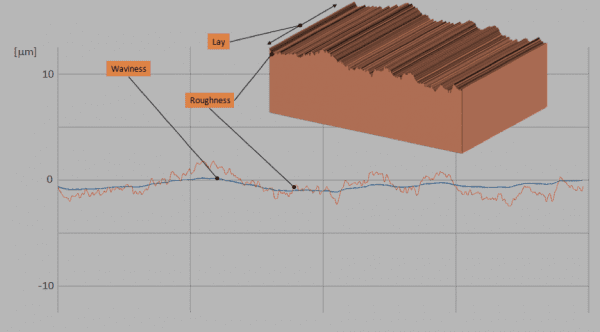
Surface finish is to design the material surface and matrix as a system, using surface modification technology, film technology, and coating technology so that the material surface finish to obtain the material itself does not have the desired performance of the system engineering.
It includes plating and technology, coating and testing equipment, surface composition and structure analysis technology, surface finish performance testing technology, testing methods, standard evaluation, quality assurance, and process control for the manufacture of new surface and surface layers to form a complete set of engineering, large-scale technology.
In a word, surface finish is the technique of obtaining a surface layer on the surface of a material or product that differs in performance from the substrate itself.
3 Functions of Surface Finish for CNC Machined Parts
CNC machined surface finishing changes the morphology, chemical composition, and organizational structure of the surface and near-surface area of materials most economically and effectively, or endows materials with a new surface. Its role can be summarized as follows:
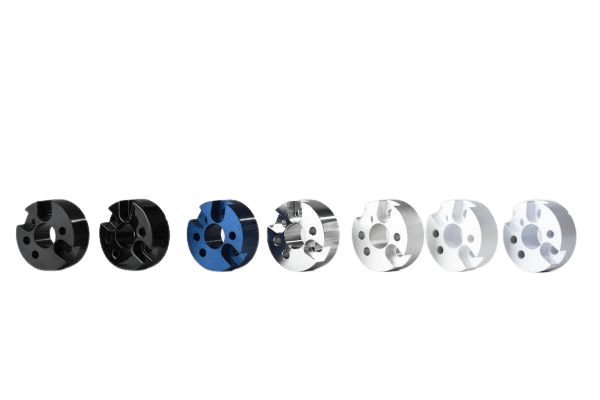
1) Adapt to the development of production, and improve product quality, and economic benefits.
2) Provide special materials for other High-Tech.
3) Provide effective means for the technical upgrading and maintenance of devices and equipment.
4) Energy and resource-saving.
5) Decorative and aesthetic.
4 The Role of Surface Finishing in Construction Machinery
Rust Protection
Many CNC machined parts and precision machined components of CNC machines are metal materials, the equipment is basically in the open air, and the exposed metal is easy to corrode.
Therefore, the CNC machined parts, the CNC manufacturing, and the whole machine need certain anti-rust protection and apply electroplating, coating, and other surface finish technology.
Block metal direct contact with air and water is the prerequisite to prevent metal corrosion, and plating technology in surface finishing is in CNC machined parts or forms a layer on the surface of the whole machine firmly attached to the metal coating on the surface of the CNC metal parts or organic polymer coating on the isolation of water and air, which have the effect of rust protection.
Exterior Decoration
With the continuous development of CNC machine technology and the improvement of users’ requirements for products, the appearance of products has been improved and has become one of the main factors of market competition.
On the one hand, the advance of appearance lies in the improvement of the overall design of the product, on the other hand, lies in the application of advanced surface finishing technology.
Electroplating and coating not only play a protective role in construction machinery equipment but also play a very obvious and important decorative role, giving products a rich and colorful appearance, and making construction CNC machined parts more pleasant in color and tone.
Surface Strengthening
CNC machine has a complex structure, some CNC parts not only require enough stiffness and toughness but also require enough hardness and wear resistance on the surface, such as gear tooth surface, transmission shaft surface, etc., are required to have higher surface hardness and better wear resistance.
Surface heat treatment is the most commonly used process technique, and shot blasting is used for the surface strengthening of metal parts.
Part Repair
Surface finishing technology not only plays a role in the CNC manufacturing process of CNC machined parts but also can repair damaged CNC parts and remanufacture discarded surface finish in the process of using construction machinery, extending the service life of CNC machine parts, improving its utilization value and reduce resource consumption.
5 Current Status of Surface Finish Technology on CNC Machined Parts
5.1 Surface Spray Technology
The surface spraying technology applied in the mechanical CNC precision parts processing industry is mainly the coating technology of organic polymer coating, the application of coating technology runs through the whole process of mechanical manufacturing.
After the raw materials into the factory, need to be pretreated, and sprayed with weldable primer or shop primer, and in the premise the steel cutting, and welding performance not be affected, to avoid steel corrosion in the storage and the CNC machining process.
After welding into CNC machined parts, it is necessary to paint anti-rust primers to prevent the corrosion of subsequent processing, storage, and assembly processes.
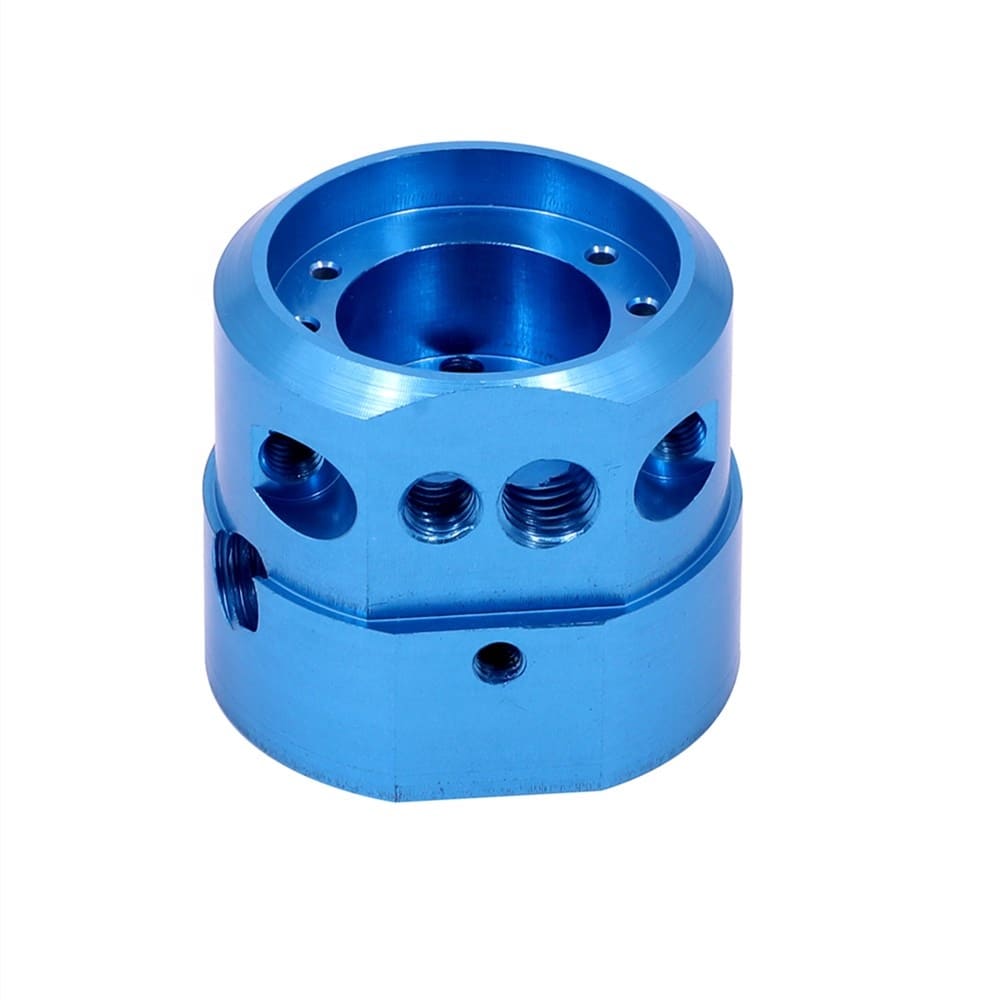
After the assembly of CNC machined parts or the assembly of the whole machine, it is necessary to paint custom machined parts and the whole machine and spray all kinds of finishing coats to obtain a good product appearance.
At present, many construction machinery enterprises are promoting precision machining finishing coats, that is, when machining parts are coated, not only anti-rust primer is sprayed, but also the topcoat is painted according to the quality requirements of the whole machine.
After product assembly, the whole machine is no longer coated, but only local paint repair. The mechanical parts coating process varies greatly according to different plate thicknesses, generally divided into structural precision machining parts coating and thin plate CNC precision machining parts coating.
Structural CNC parts are generally treated by shot blasting and then sprayed with solvent-based coating.
Structural CNC parts coating equipment mainly includes a shot blasting cleaning machine, paint room, leveling room, drying room, air conditioning ventilation system, ventilation, and dust removal system, workpiece conveying system, etc.
The specific parameters of coating equipment are customized according to the production of CNC parts, different manufacturers are different.
Thin plate CNC precision parts are coated with phosphating pretreatment and then coated with solvent-based coating electrophoretic coating or powder coating.
The coating of thin plate CNC machining parts of construction machinery is generally composed of pickling, phosphating, painting, leveling, drying, air supply, and exhaust systems of air conditioning, and the specific parameters are customized according to the custom machined parts produced.
Due to the characteristics of the industry and products, the overall technical level of construction machinery painting is not high, mainly with traditional solvent-based coating, primer generally adopts high-pressure airless spraying or mixed air spraying, and finishing coat adopts mixed air spraying and aerial spraying.
In recent years, the construction machinery industry has continued to develop rapidly, the production scale growing, and the technology level has been greatly improved, electrophoresis coating and powder coating have gradually been popularized and applied.
At present, the domestic construction machinery industry has several professional electrophoretic coating production lines and powder coating production lines, mainly used in-cab, machine cover, and other thin plate parts. Cathodic electrophoresis is used in most cases, electrostatic spraying is used in powder coating.
In general, electrophoretic coatings are used as primer coatings and powder coatings are used in conjunction with electrophoretic primers as finishing coatings.
Electrophoretic coating and powder coating are not only environmentally friendly but also have better comprehensive performance than traditional solvent-based coating.
For example, the electrophoretic primer has no dead angle, so it has been paid more and more attention in the CNC industry and has become the key choice of construction machinery for new assembly lines.
The main reasons that affect the large-scale promotion of electrophoretic coating and powder coating in construction machinery are as follows: construction machinery structural parts are mainly thick plate parts of large size, resulting in high energy consumption cost of coating drying and huge equipment investment.
If a breakthrough can be made in the coating drying process and specialized coating production can be realized on a production scale, it will promote the progress of coating technology and the widespread application of electrophoresis coating and powder coating in the CNC parts processing industry.
The following shows the typical coating process of construction machinery cover.
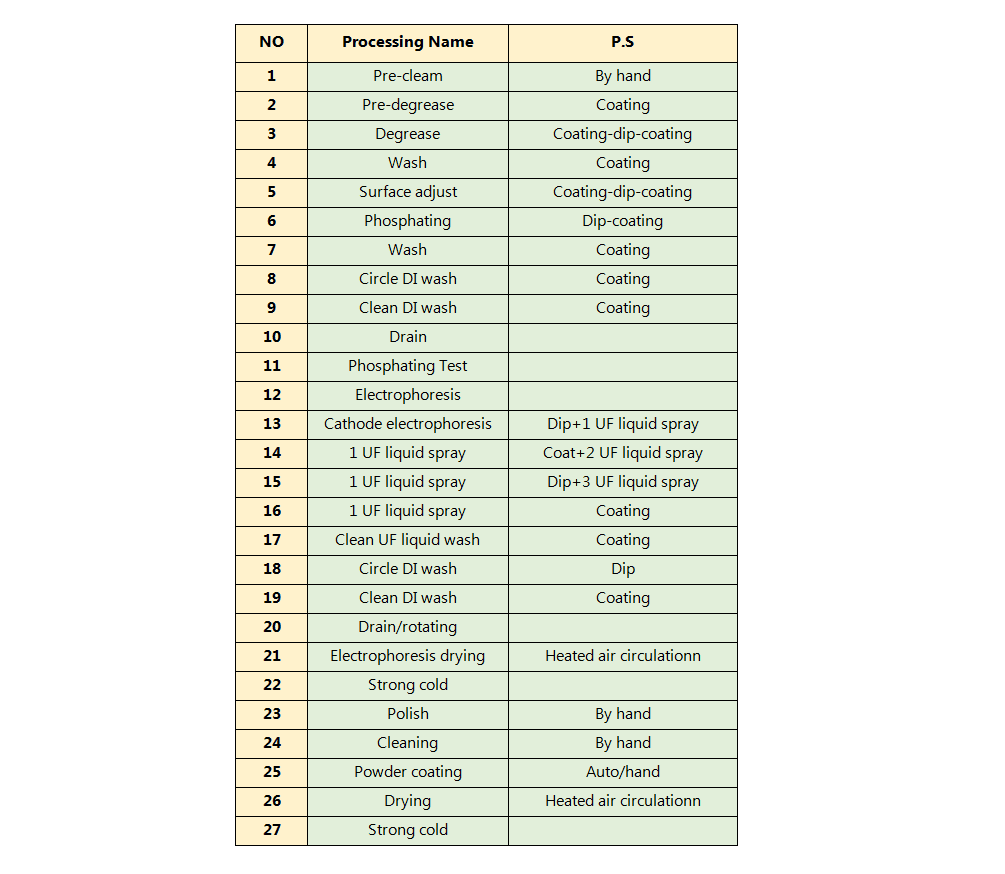
Recommended: Surface Finishes Used In CNC Machining – A Complete Guide
5.2 Chemical Processing Technology
Chemical surface finish technology is widely used in various CNC machining parts of construction machinery, mainly as the pretreatment of coating, anti-rust pretreatment, and final anti-rust, decoration treatment.
Coating pretreatment mainly uses phosphating, phosphating film generated on the surface of iron and steel parts can improve the adhesion between the coating and the workpiece surface, so it becomes the main pretreatment process of coating, especially for electrophoretic coating, phosphating pretreatment is essential.
In addition, shot blasting is easy to cause the deformation of thin plate parts, so phosphating can only be used. With the increase in the demand for construction machinery and the expansion of production capacity, the construction machinery industry has built several professional phosphating production lines with high levels in recent years, which has effectively promoted the improvement of the coating quality of construction machinery.
Phosphating waste liquid has certain pollution to the environment, and the cost of environmental protection treatment is also high, so many enterprises are actively exploring phosphorus-free and other environmental protection phosphating alternative technology.
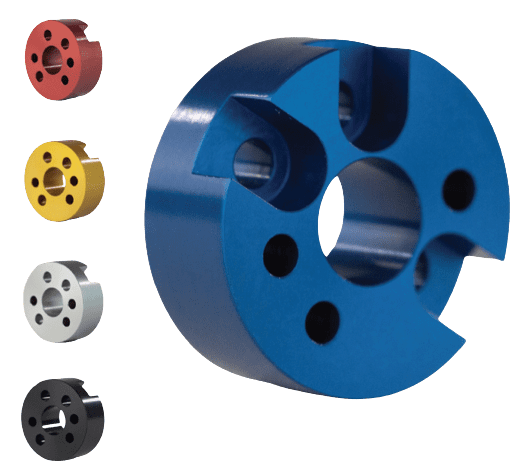
In construction machinery, phosphating is not only a coating pretreatment but also a rust pretreatment process, which is widely used.
The pipe conduit of the hydraulic system has a rubber hose and metal hard tube. To ensure the cleanliness of the hydraulic system, there is no rust and debris in the hard tube, so it is necessary to use phosphating treatment.
After removing the rust in the pickling tube for phosphating, the inner wall of the hard tube generates a porous phosphating film and is then coated with oil for protection, to prevent the hard tube’s inner wall from rusting again and affecting the hydraulic system. In addition to phosphating, electroplating, and blackening treatment are also used for chemical treatment of rust prevention.
The application of blackening treatment is seldom used in construction machinery, mainly some bolts, nuts, and other standard parts and hydraulic valves, but electroplating technology is more applied.
Bolts, nuts, washers, and other standard parts and hydraulic hose joints, valve seats, and other hydraulic accessories are widely used in electroplating technology and zinc plating, to prevent these parts from being corroded in production and use.
Another purpose of electroplating is to improve the surface wear resistance, such as hydraulic system cylinder piston rod, pin shaft, sleeve, etc., hydraulic cylinder piston rod surface, which is generally treated with chrome plating.
The appearance of the metal finish is bright and smooth, which not only protects the product from rust but also has a good decorative effect on the surface of the product.
Electroplating is also widely used in the maintenance and remanufacturing of construction machinery.
Some CNC machined parts such as pin shafts, due to the long time work have serious wear and tear, the cost of replacing the new pin shaft is higher and the CNC processing and CNC manufacturing cycle is longer, and the old pin shaft is repaired by brush plating technology, so that the size of its appearance is up to its design requirements, not only the production cycle is shortened, and the cost is reduced.
The promotion of CNC machined processing has provided a wider application for electroplating. If the wastewater produced by electroplating is not treated, it will cause serious pollution to the environment.
Construction machinery production enterprises generally do not have electroplating production workshops, electroplating parts are generally outsourced, or the electroplating process for external cooperation, by professional electroplating enterprises to undertake the production of electroplating CNC machining parts or electroplating process.
Electroplating technology is also developing, some environmentally friendly and the good overall performance of the electroplating process should also be promoted in the CNC machined processing.
5.3 Surface Strengthening Technology
The surface strengthening technology used in CNC manufacturing is mainly shot blasting strengthening technology and surface heat treatment technology, which is used for the surface strengthening of gear, and shaft sleeve transmission parts, To improve hardness and wear resistance.
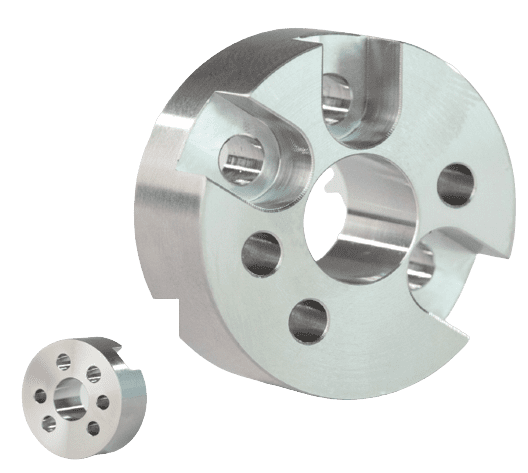
5.4 Surface Shot Blasting Technology
Shot blasting is a surface deformation strengthening technology, that can remove surface rust and oxide, improve the fatigue resistance of mechanical products and CNC metal parts, eliminate stress concentration, extend its service life, and optimize the surface process state of the workpiece. Therefore, it has been widely used in the CNC machined processing industry.
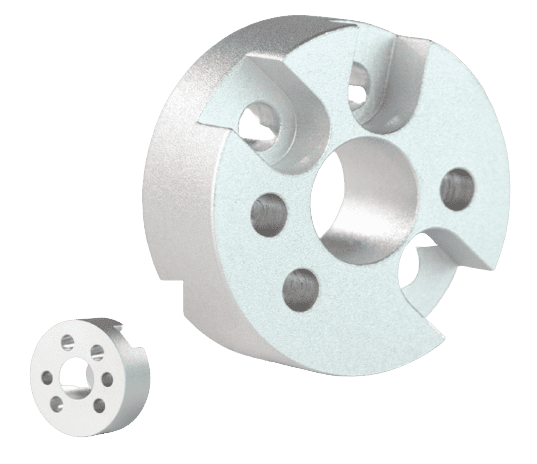
In CNC machine tools, shot blasting is not only used as the surface strengthening technology of gear and pin shaft parts but also as the coating pretreatment technology of structural custom CNC parts.
Conical spline gear is one of the key parts of the CNC machined processing transmission system, with high dimensional accuracy and a complex CNC manufacturing process.
The CNC manufacturing process covers more than ten processes of forging, heat treatment, mechanical processing, and shot blasting 4 kinds of processing technology, including two shot blasting after quenching and tempering treatment and tooth surface heat treatment. The last shot blasting is to strengthen the surface and eliminate stress.
The equipment of the shot blasting strengthening process generally adopts an efficient automatic shot blasting cleaning machine.
In the actual production, the choice of shot blasting cleaning machine should be customized according to the size of the specific part. To achieve the purpose of shot blasting strengthening, it is necessary to choose a proper shot and reasonable shot blasting time.
Shot blasting treatment commonly used shot casting steel shot, steel cut shot, alloy shot, etc., the diameter of cast steel shot is generally between 0.8 ~ 1.2mm, low hardness, and easy to break short life.
Steel wire cutting shot is made of mine waste steel wire rope to cut, degreasing, with sharp corners and a good surface cleaning effect.
But to strengthen the surface of the shot blasting process is not suitable for direct use, should be a pretreated steel wire-cutting shot, and remove sharp corners;
Due to the high cost of wire-cutting shot pretreatment, standard alloy shot blasting is generally used for strengthening purposes.
5.5 Surface Heat Treatment Technique
Heat treatment is an essential process for rotating CNC machined parts and connecting pins of CNC machines by reforming the structure of materials to meet their performance.
The production process of cone spline gear goes through three different heat treatments, the last of which is carburizing and quenching to improve the hardness and wear resistance of the surface.
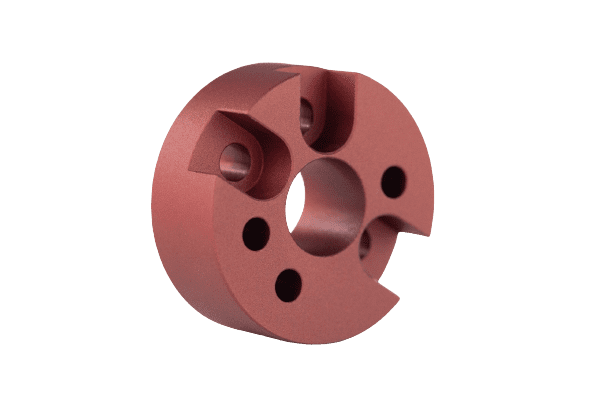
According to the application requirements of different parts in construction machinery, the surface heat treatment strengthening technology is also different, including carburizing, nitriding, quenching, etc.
The commonly used quenching process is high-frequency surface quenching, laser surface quenching, etc.
The number and type of workpiece for heat treatment are more in the processing of mechanical parts, but the purpose and technical requirements are not the same.
In actual production, the appropriate heat treatment process should be selected according to the purpose, material, and surface hardness requirements of the workpiece.
Whether carburizing, nitriding, high-frequency quenching, laser surface quenching, or induction quenching technology, heat treatment for CNC machine tools, is a core technology.
The choice of equipment and process parameters is very key, the result of heat treatment will determine the performance and service life of key components of construction machinery and the whole machine.
For example, the transmission gear of engineering machinery, with complex working conditions and large load-bearing, requires the gear to have high fatigue strength, requires the workpiece to have a certain toughness inside, and requires the surface to have certain hardness and wear resistance.
This kind of gear is made of 20CrMnTi material. To meet the design and use requirements of CNC machined parts, it is generally required to carry out gas carburizing first, and then fast heating quenching and tempering, so that the surface hardness reaches HRC60, the root hardening depth is above 1.5mm, and the tooth surface hardening depth is between 2.2 and 2.8mm.
The internal structure only needs quenching and tempering treatment. The hardness is between HB269 and 381.
6 Factors to Consider When Choosing a CNC Machining Surface Finish
CNC finishing is a key post-process method that essentially determines the look, feel, and function of a part. It is essential to know you can choose the best finish for your part.
Here are some of the factors to consider to make sure you choose the right one from the start:
The Product’s Application
Different CNC machined parts are subjected to different environmental conditions, be it vibrations, heat, moisture, UV light, etc.
Careful consideration of who and what the product is for will help you make the right choice. Metals intended for outdoor use and increased exposure need a standard machining surface finish that improves their hardness. The chosen finish should also increase the wear and metal resistance.
CNC machined parts used in construction will place less focus on aesthetics. Durability is often the major concern in this case.
Durability Concerns
You need to ask yourself how long you want your product to last. Durability is a major part of manufacturing. Although the raw material plays a crucial role here, you cannot leave out the machining surface finish.
Adding value to your finished product involves durability, and you should choose the right finish for that.
Relationship Between the Raw Material and the Metal Surface Finish
Some materials are hard to polish. It may be challenging to anodize some other surfaces, while paint may not stick well to certain materials.
Therefore, you must consider a CNC surface finish from the beginning of the design process. Do not wait till the last minute to decide on the surface finish for your CNC machined parts.
Research to ensure that your surface finish matches the raw materials involved.
The Part’s Dimensions
One important point to note is that the machining surface finish may change a part’s dimensions. Thick finishes such as powder coating may increase the surface thickness of the metal material.
Coatings may also affect the mating surfaces and clearances of parts that must fit. Finishes that use chemicals may eat away a tiny degree of the material and slightly affect dimensions.
You must calculate these factors at the beginning of the project to ensure quality production.
Cost
Having considered the above-listed factors, you should then consider your budget for the project. The best finishes often need careful preparations and complex procedures.
They also require the use of higher-quality materials. All of these are cost drivers when it comes to CNC manufacturing.
So, you need to consider these and compare them with your budget before choosing a machining surface finish.
7 Conclusion
CNC machine tool surface treatment technology for construction machinery, has a very important significance, from the surface treatment of CNC machined parts to the whole machine coating decoration, the production and manufacture of construction machinery can not leave the surface finishing technology.
CNC machined parts are an important direction of the development of construction machinery in the future and will be widely used in surface finishing technology.
It should be pointed out that surface finish technology is a marginal science. Whether it is coating or electroplating, it is related to chemical engineering, and backward technology will cause environmental pollution.
Therefore, construction machinery in the selection of surface finish technology actively chooses environmental protection of the process and equipment, and increases the input of the existing equipment process, minimizing the pollution of the environment.
CNC machine tool surface treatment technology for construction machinery, has a very important significance, from the surface treatment of parts to the whole machine coating decoration, the production and manufacture of construction machinery can not leave the surface finish technology.
Thank you for reading.
We hope this information will help you. For more information please click the below box to contact us.
 Call Us Today! (+86) 188-2253-7569
Call Us Today! (+86) 188-2253-7569